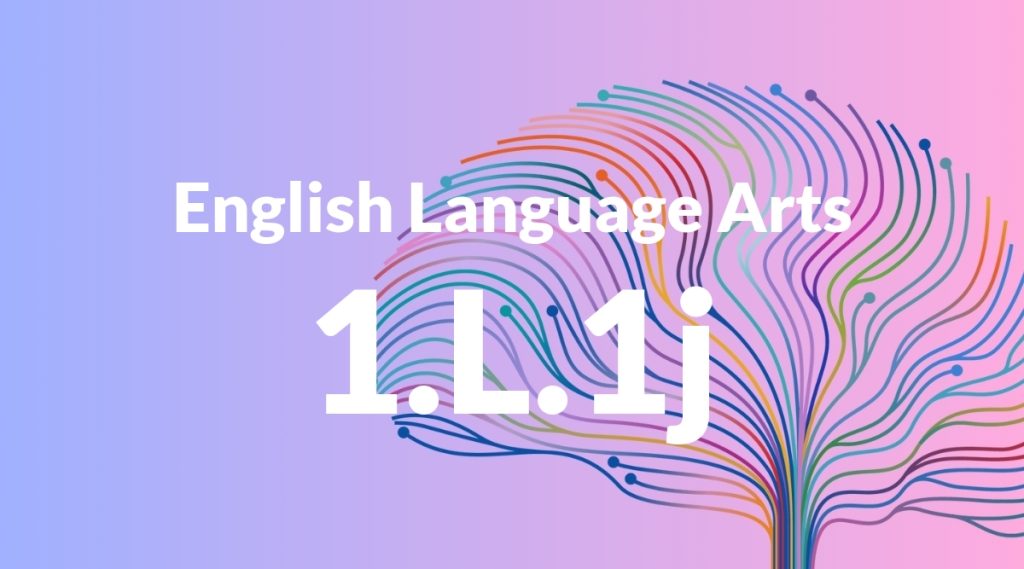Standard: 1.L.1j – Produce and expand complete simple and compound declarative, interrogative, imperative, and exclamatory sentences in response to prompts.
Grade level: Grade 1
Subject: English Language Arts
Domain: Language
Teacher Overview
This standard focuses on helping students produce and expand simple and compound sentences of various types, including declarative, interrogative, imperative, and exclamatory. Mastery of this standard is crucial as it enhances students’ ability to communicate their thoughts clearly and effectively. Students should have a solid understanding of basic sentence structure, including the use of nouns and verbs. They should also be able to identify and create complete sentences.
After mastering this standard, students will be able to write more complex sentences and paragraphs, enhancing their overall writing and communication skills.
Common Misconception 1
Some students may not recognize the differences between sentence types, thinking all sentences serve the same purpose. This misconception can lead to confusion in both writing and comprehension.
Intervention 1
Incorporate sentence sorting activities where students categorize sentences into different types. Provide clear examples and explain the purpose of each type of sentence.
Common Misconception 2
Students might think that compound sentences are just longer sentences without understanding the role of conjunctions. This can result in run-on sentences and unclear writing.
Intervention 2
Teach the use of conjunctions explicitly. Use visual aids, such as sentence strips, to show how simple sentences can be combined to form compound sentences.
Prerequisite Knowledge
Students should be familiar with basic sentence structure and the concept of a complete sentence. They should know how to identify and use nouns and verbs correctly.
Subsequent Knowledge
After mastering this standard, students will develop the ability to write more complex sentences and paragraphs. They will also improve their ability to communicate clearly and effectively in both written and spoken language.
Instructional Activities
- Sentence sorting activities
- Writing prompts that require different sentence types
- Class discussions using various sentence types
- Interactive games focusing on sentence expansion and conjunctions




